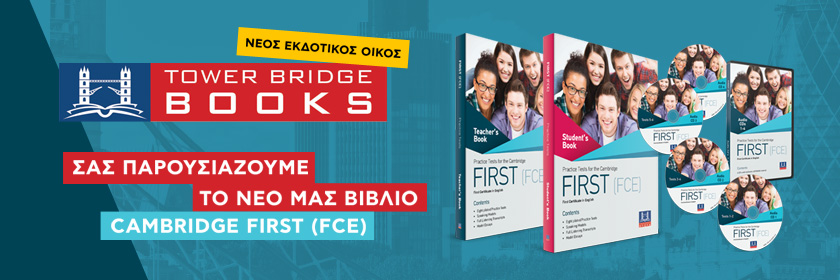This quote, taken from the recent Netflix series Manhunt: Unabomber, sums up nicely the notion that language is more powerful than many of us are aware of. Words impact how events and those who participate in them are perceived, which may explain why criminal cases can sometimes result in miscarriages of justice.
The issue of criminal injustice is where my interest lies. I work in the field of forensic linguistics, which surfaced as a discipline in the mid-20th century and has, since then, continued to expand. Scholars have used forensic language techniques to look at areas such as the complexity of legal writing, the problems associated with interpreting inside the courtroom, authorship attribution, false confessions and the testimony of rape victims.
The last example is one of two areas that I have been working on, using a critical discourse analysis (CDA) approach to find out what meanings lie behind people‘s words. CDA enables researchers to examine how power and inequality radiate through discourse, and identify beliefs and ideas that are resonant – particularly those which become apparent through, for instance, the choice of certain words, or through the grammatical structure employed (for example, active or passive).
Girl A
One of the most high profile sexual abuse cases to come to light in recent years surrounded events that happened in Rochdale, Greater Manchester, between 2008 and 2009. Hundreds of men conspired to engage in sexual activity with underage girls during this time. In 2012, at Liverpool crown court, nine men were convicted for various charges of sex trafficking, rape and/or conspiracy to rape, resulting in prison sentences of between four and 19 years.
One year later, a victim, known under the alias of Girl A, spoke on ITV’s This Morning. This interview came to form the basis of my first piece of research in forensic linguistics. I wanted to explore how Girl A saw herself as a victim, when recounting her experience of being raped by multiple men over a sustained period of time.
Perhaps the most surprising finding was Girl A’s deliberate avoidance of the term “rape”:
I said no, but he started being aggressive about it and, and, he did what he did.
I wouldn’t even know it was them, even after they’ve, what they’ve done to me.
While in the first phrase above, Girl A uses a nominal relative clause in place of more specific words – she says “he did what he did” rather than “he raped me” – the second line shows her backtracking to avoid saying “after they’ve raped me”. It is possible that she reorganises her utterances because she finds it painful and difficult to describe this period in her life.
Other researchers have made similar findings in their own analyses of how women talk about rape. This suggests that some women struggle to describe their experience of sexual assault in explicit terms or, alternatively, fail to see themselves as victims. By looking at the actual words they use, we can not only shed light on how victims of rape represent their assailant and what happened to them, but also give these victims a voice and a chance to explain their version of events.
This is especially important given that so often rape victims are silenced by their perpetrator or, more shockingly, by those they trust to help them. In fact, forensic linguists have observed how courtroom questioning by the prosecution can often undermine and revictimise complainants during trial.
Revealing the truth
I also focus on giving a voice to a different type of victim: the wrongfully convicted. Language used inside the courtroom is strategic and a powerful means of manipulation. It can often contribute to the adverse fate of an innocent person standing trial for a crime they did not commit. With that in mind, I have been using a CDA approach to analyse forensic data provided by The Innocence Project, a non-profit US organisation which works to exonerate innocent people using DNA evidence.
To add weight to this evidence, I look at the linguistic strategies used in court cases that may have contributed to an inaccurate jury verdict. For example, in one case I am working on, the prosecution focused on placing the accused in the subject position of a clause (for example, to use a random name, “James attacked her”), which serves to show “James” as the entity responsible for the attack and “her” as the affected entity.
The prosecution could have said various different things, but this was the most powerful because the prosecutor identifies the agent responsible (“James”). They could have said, for instance, “she was attacked” (no agent identified, so we ask by who?) or “an attack took place’ (no agent or affected entity is identified). The way one construes an incident and those involved affects our perception of how events may or may not have unfolded.
At present, The Innocence Project has over 200 cases that remain unresolved so my research in this area is currently work in progress. However, I hope that both areas of my research ultimately serve to make everyone aware of the power behind our linguistic presentation of a crime and those involved, and, more importantly, the impact this can have both on victims and those mistakenly accused of breaking the law.








